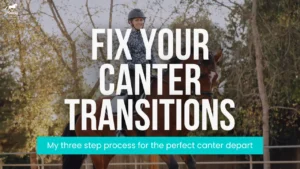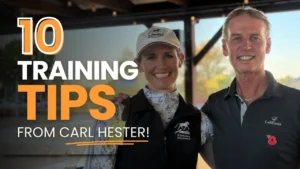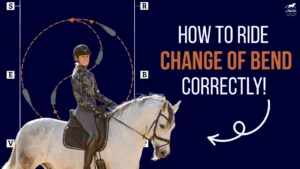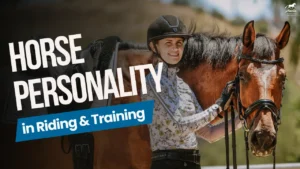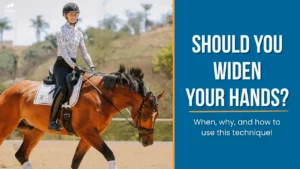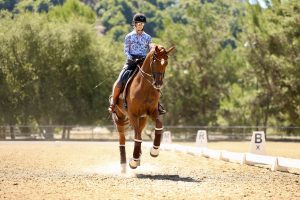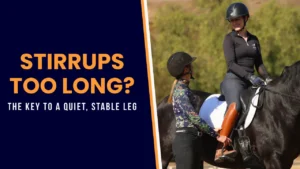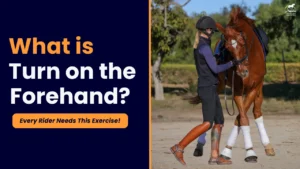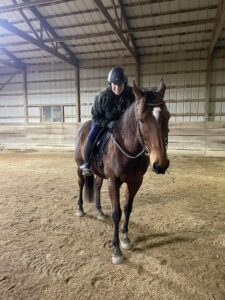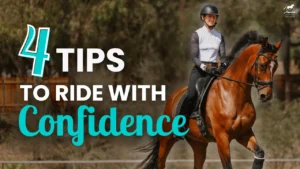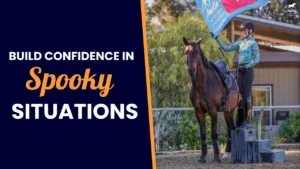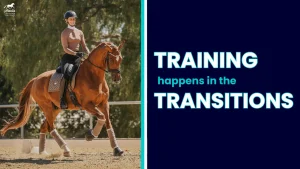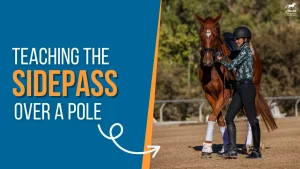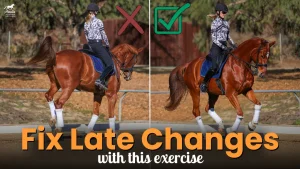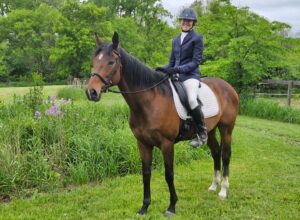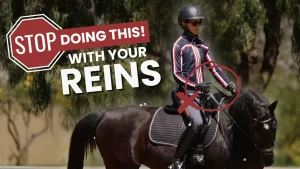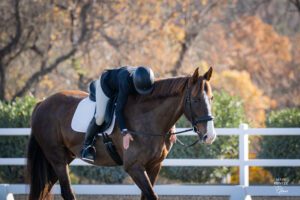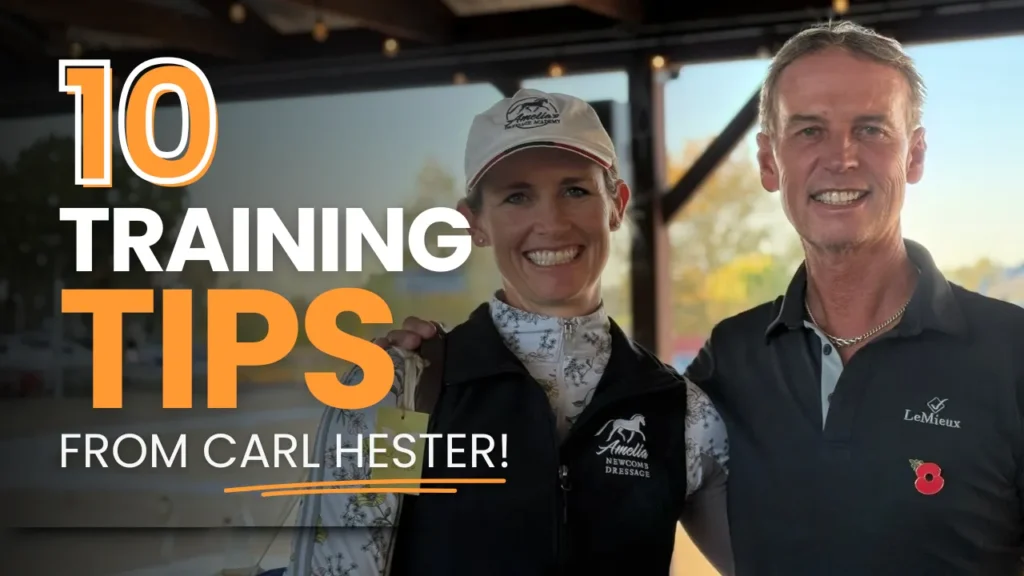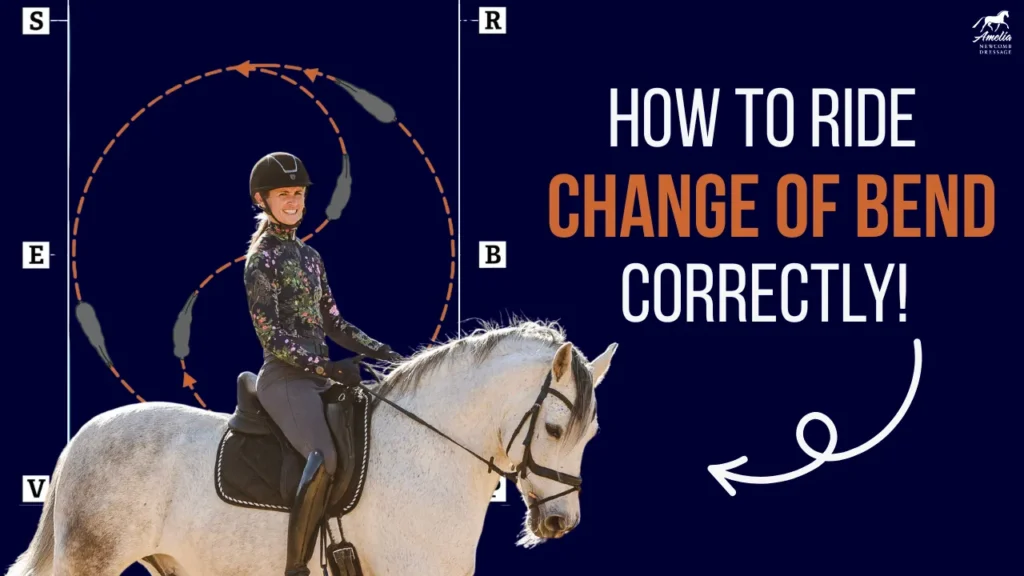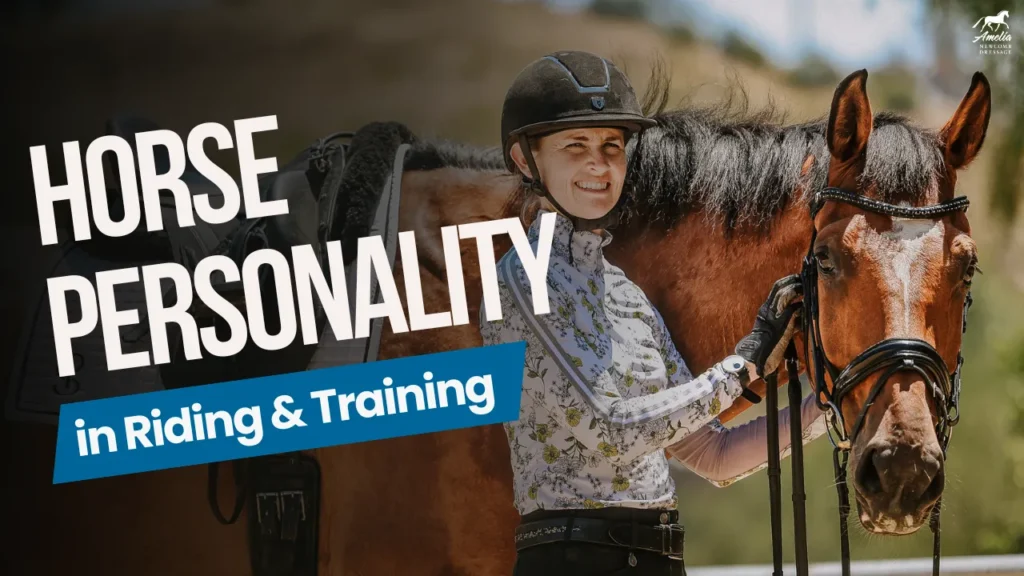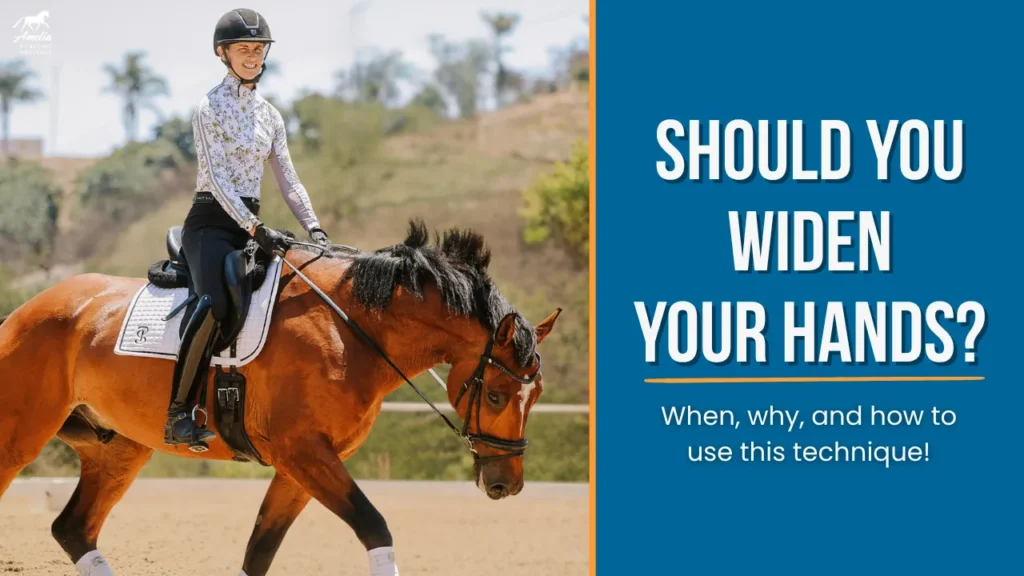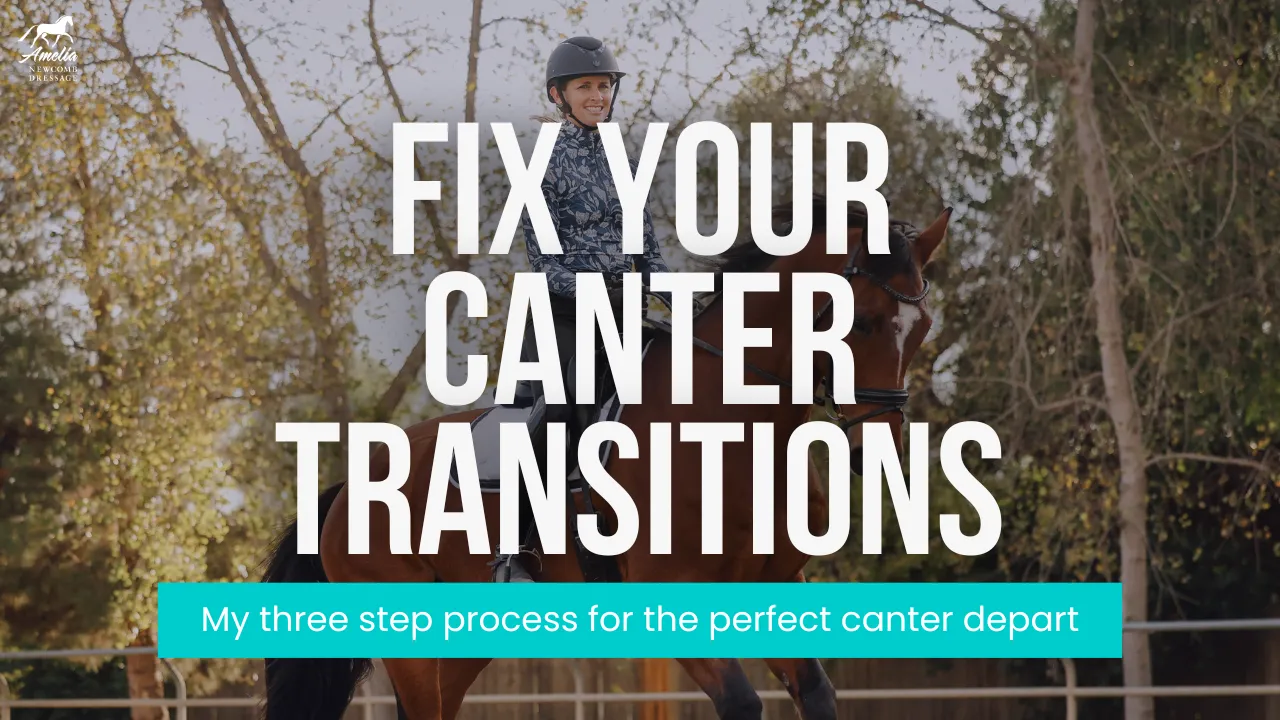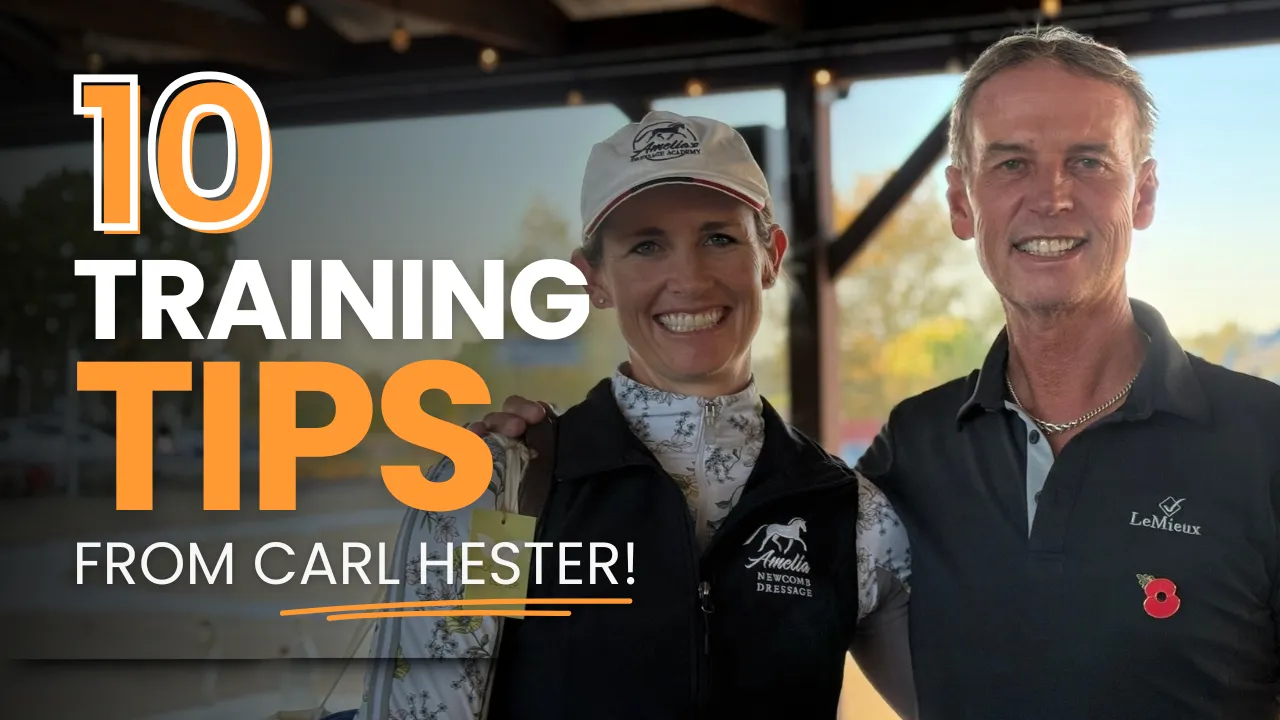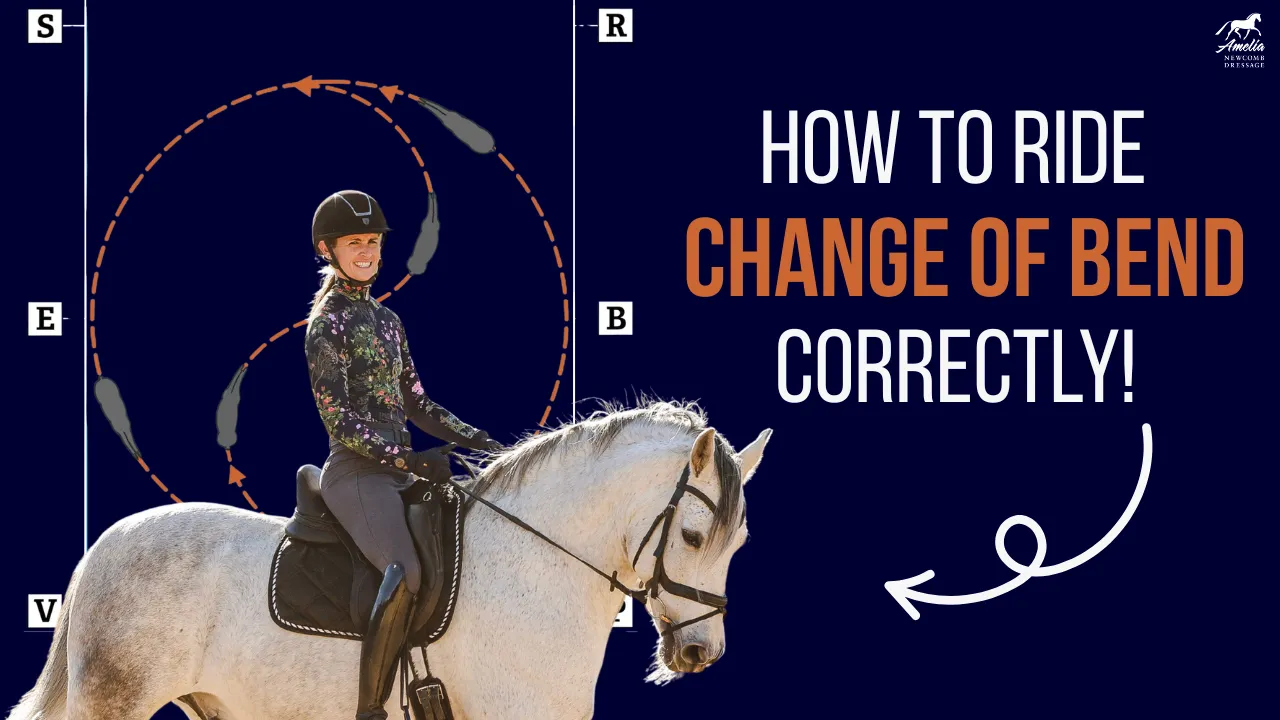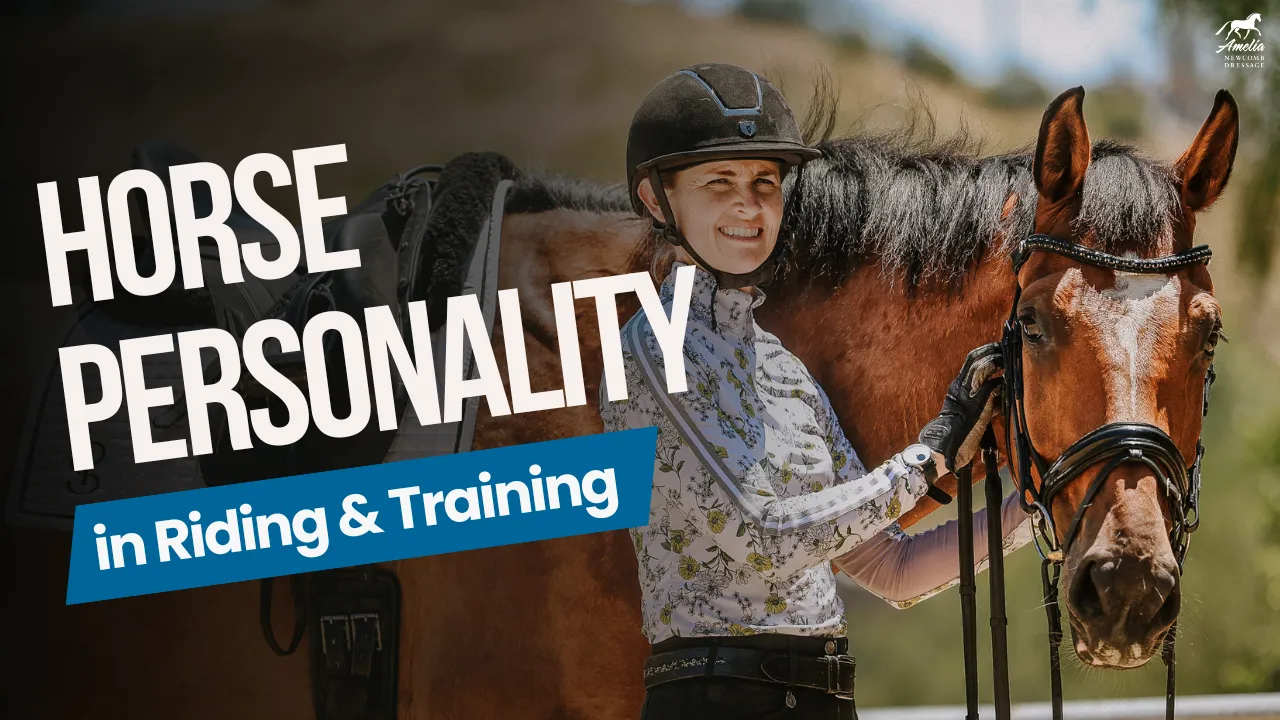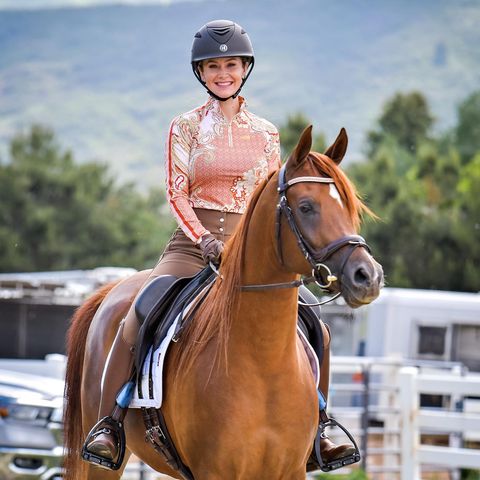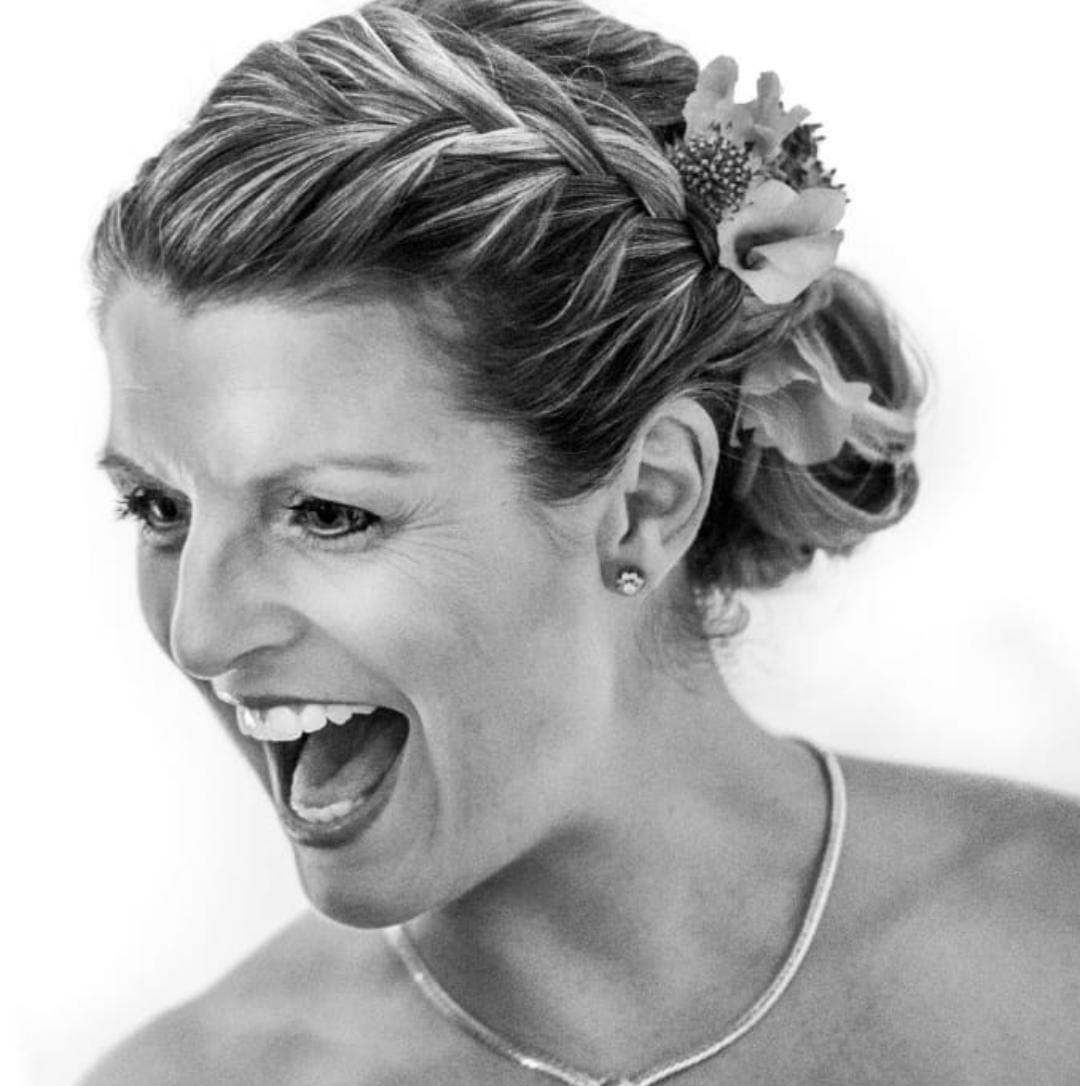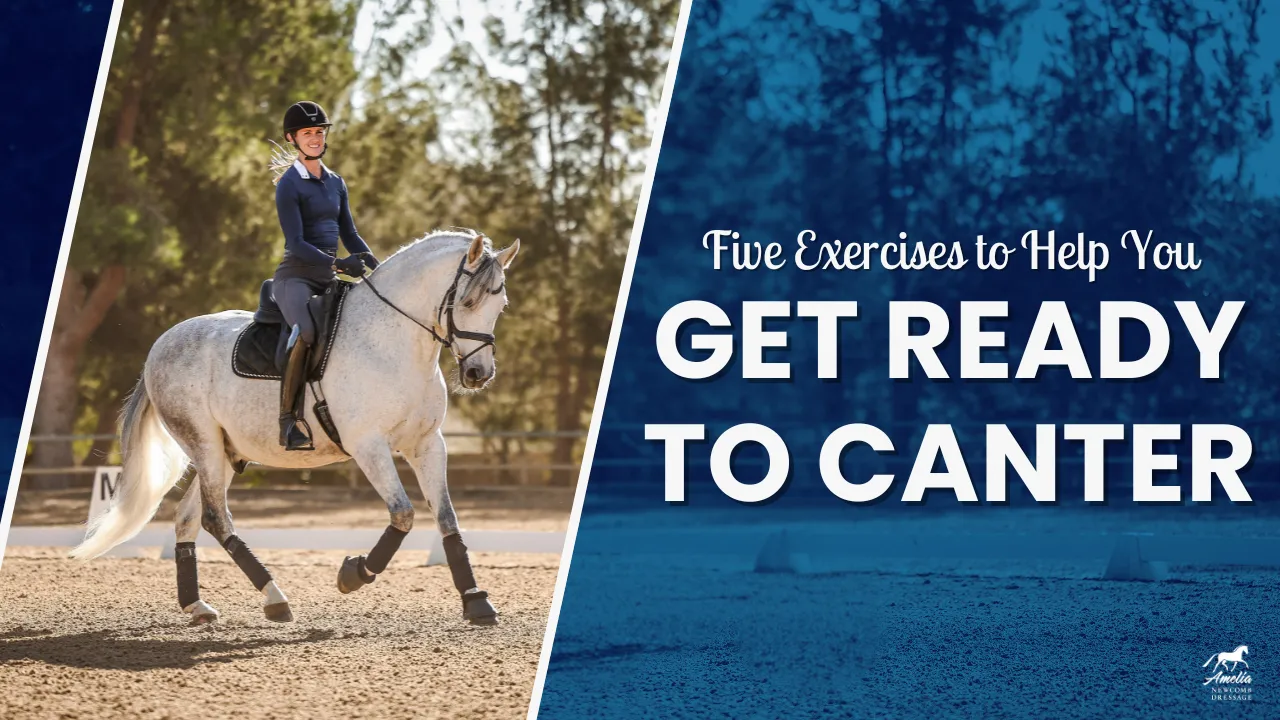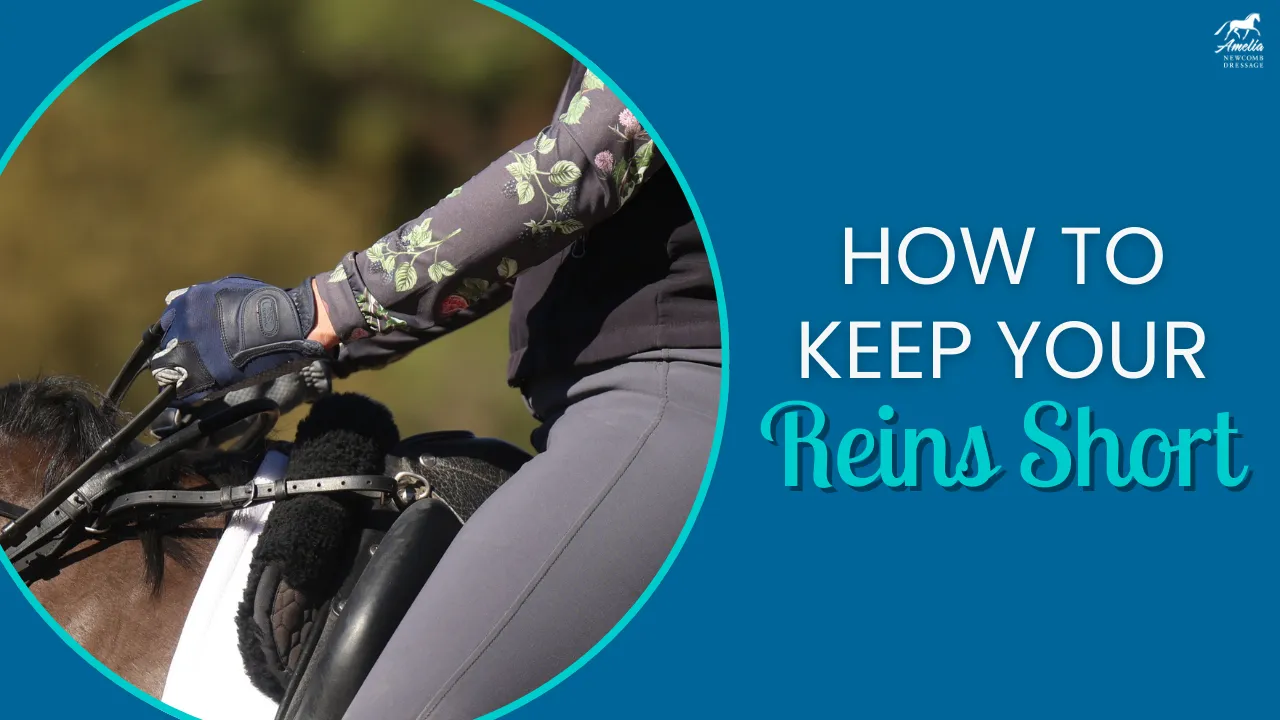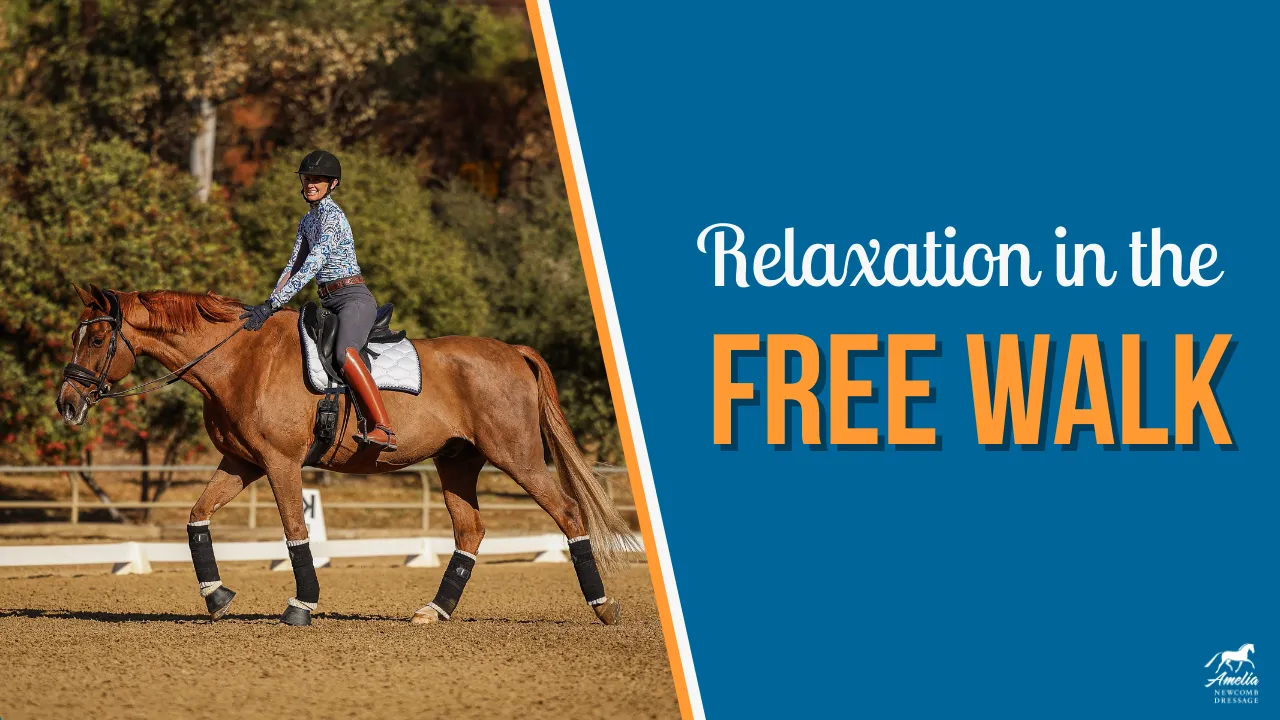When you ride, your hands should be your last aid, not your first. You should always be riding from your leg to your hand, never the other way around. In today’s video, we’re diving into the role of your inside rein and your outside rein, how they function, and how to use them correctly to create better connection, balance, and softness with your horse.
Understanding the relationship between your reins and how they coordinate with your leg and seat is essential to developing a refined and effective communication method with your horse. If you need more help with your rider position and understanding the role of your aids in your riding, RSVP for my Free Independent Seat Webinar coming up soon! Learn more and save your seat here.
It can be easy to overuse one rein or get confused about what each rein should be doing. But when you ride with a clear purpose for both reins, everything becomes more balanced. Most of your steering and connection should come from your inside leg pushing the energy towards outside rein, while your inside rein has a more subtle, supportive role.
Let’s walk through it step by step.
What Does the Outside Rein Do?
Your outside rein is the primary rein aid. It’s responsible for turning your horse by controlling the outside shoulder, which helps direct your horse through curves and corners. Without this support, your horse might overbend or drift off the intended line. It can do this because of the energy that us first created and directed from your inside leg (remember leg first!).
Your outside rein also plays a major role in helping your horse stay balanced. If your horse starts to overbend in the neck or fall through the outside shoulder, your outside rein keeps them aligned and centered. It supports straightness, structure, and tempo created by your leg while on your line of travel.
In addition, the outside rein is key to creating connection. With the help of your inside leg, you push your horse into the outside rein, which in turn, rounds their topline and lifts their back. This creates that elastic, soft feel we’re always looking for.
What Does the Inside Rein Do?
Your inside rein is more like a blinker than a steering wheel. It invites your horse to slightly flex in the direction you’re going, helping to support bend in coordination with your inside leg.
It also plays a role in encouraging softness. A gentle inside rein allows the horse to release tension in the poll and jaw, making room for better relaxation. This rein should always be soft and giving, not something to hang onto or pull with.
If your horse is being spooky or distracted, you might use the inside rein briefly to help redirect their attention. But the goal is to keep things balanced by quickly softening again and letting the outside rein take over.
A Look at Rein Use in a Leg Yield
In the leg yield, the outside rein becomes even more important. It keeps your horse straight, maintains the direction of travel, and controls the outside shoulder, which is key to staying in balance during lateral work.
Meanwhile, your inside leg pushes the horse sideways, initiating the movement. The inside rein simply asks for a little flexion and then stays soft, never pulling or overbending the neck.
If you let go of the outside rein in a leg yield, your horse is likely to drift or collapse through the shoulder. In a properly executed leg yield, the outside rein controls the outside shoulder and keeps the neck from overbending.
Summary: Always Leg to Hand
The outside rein turns your horse, helps maintain alignment, and builds connection. It’s your main rein aid in most situations, especially when you’re trying to balance or ask your horse for roundness.
The inside rein plays a more subtle role. It supports bend, asks for flexion, and helps keep your horse’s attention gently focused inward. But it should never dominate or pull the horse around.
No matter what exercise you’re doing, it should always be your legs and seat that initiate the movement. Your hands come last, refining and supporting the energy created from behind. This is what “riding from your leg to your hand” really means.
The goal is always even, balanced contact in both reins.
Happy Riding!
Amelia
P.S. Want more help understanding your aids and developing your ability to ride from your seat and legs first? Be sure to check out my Free Independent Seat Webinar. It’s all about developing an independent seat so that your reins can become soft, quiet, and invisible.
